By Kathy Gannon
Sticky bombs slapped onto cars trapped in Kabul’s chaotic traffic are the newest weapons terrorizing Afghans in the increasingly lawless nation, as Washington searches for a responsible exit after decades of war.
The primitive devices, sometimes made in mechanics’ workshops for little money, are used by militants, criminals or those trying to settle personal scores. Over the past year, one or more cars have been exploding in Kabul almost every day and residents are terrified.
The administration of President Joe Biden has alternated between coaxing and sharp words — even offering a ready-made peace proposal — to hurry the Taliban and the Afghan government toward an end to the conflict. In the Afghan capital last weekend, U.S. Secretary of Defense Lloyd Austin said America wanted a “responsible end” to Afghanistan’s relentless war. But in the meantime violence is escalating and taking the occasional new twist, such as the sticky bombs.
Kabul, a city traumatized by war, has been the scene of many suicide bombings and shooting attacks. But the heavy use of sticky bombs is relatively new, said former interior minister Masoud Andarabi. “What is new is that they (attackers) have created a simple model,” he said, noting that sticky bombs are easy to make for about $25 and easy to carry.
Some victims are targeted, while others appear to have been chosen at random, with the aim of terrorizing an entire population, Andarabi said. One motive appears to be to undermine faith in peace efforts among ordinary Afghans, with the Taliban and the government blaming each other for the chaos.

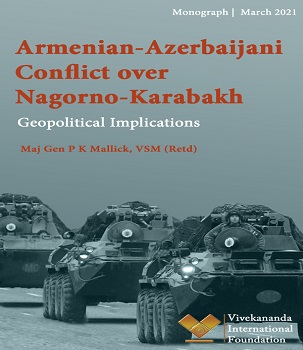
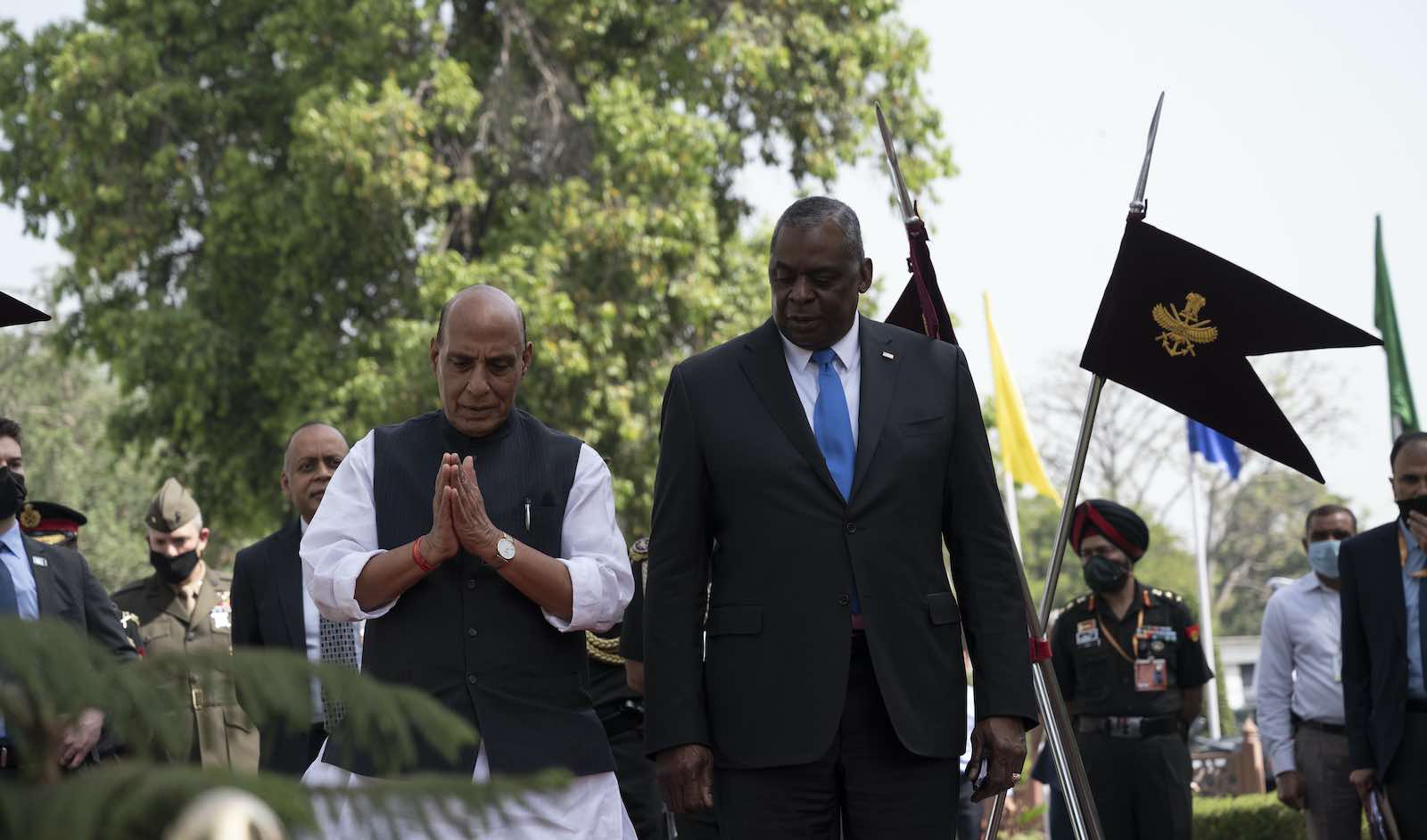

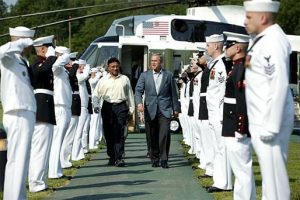
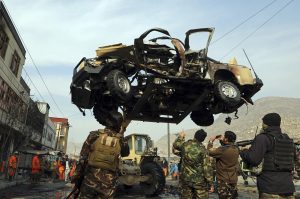


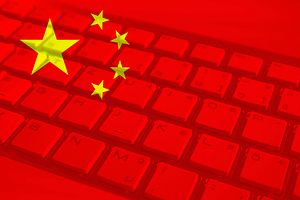

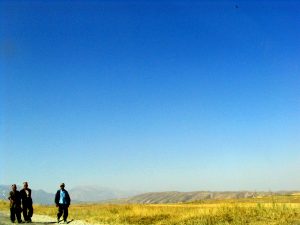





/cloudfront-us-east-1.images.arcpublishing.com/mco/WIX7RSN7ZBC3NK2J3JS7DQ2B4I.jpg)

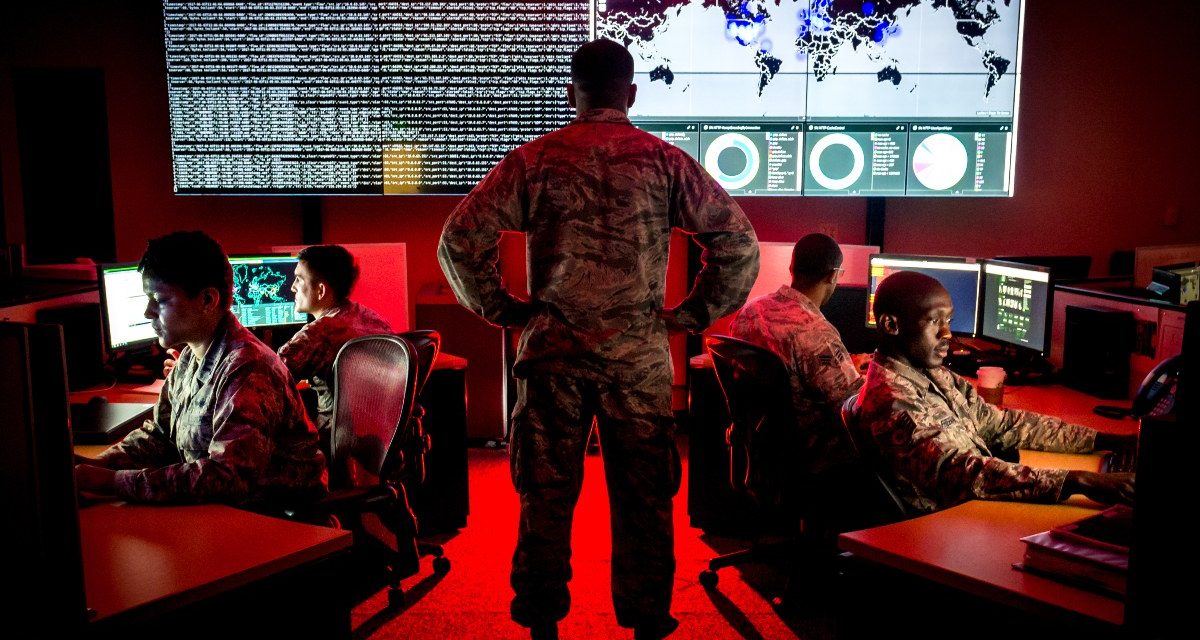
/cloudfront-us-east-1.images.arcpublishing.com/mco/7LJ7QL3RKBGDRA42NG7PUTIOVQ.jpg)